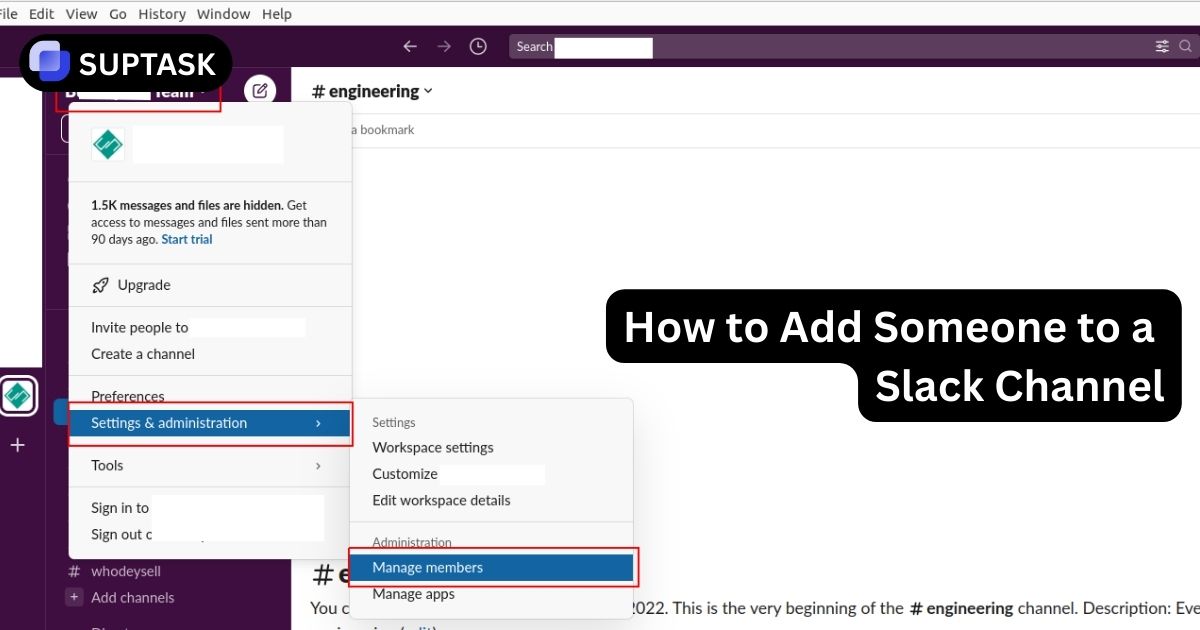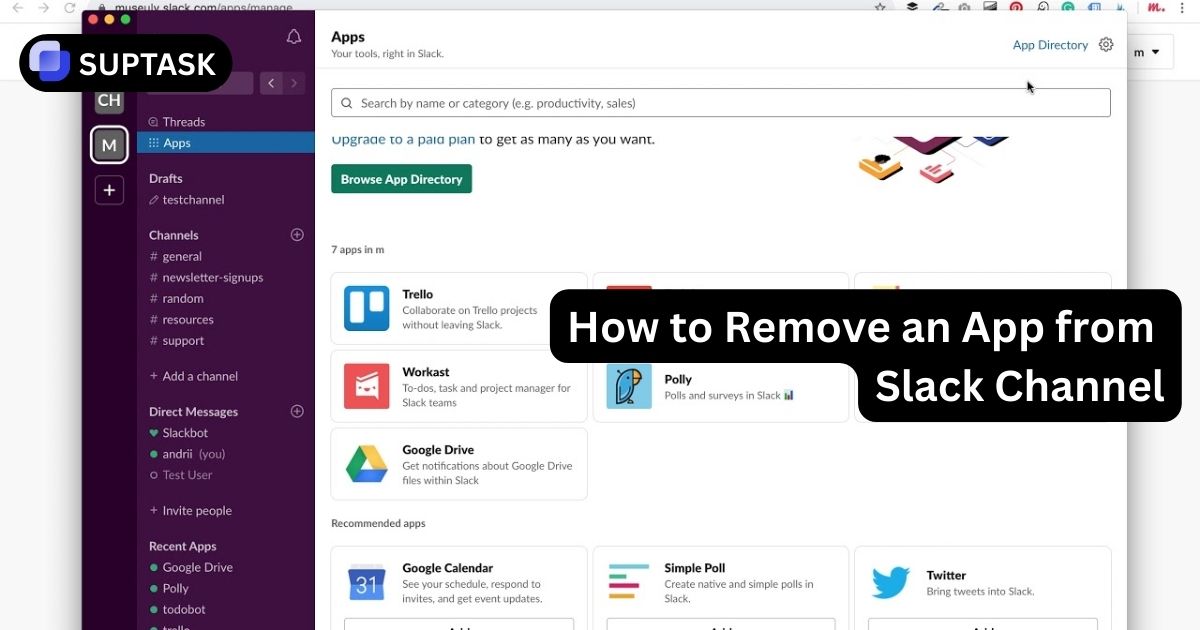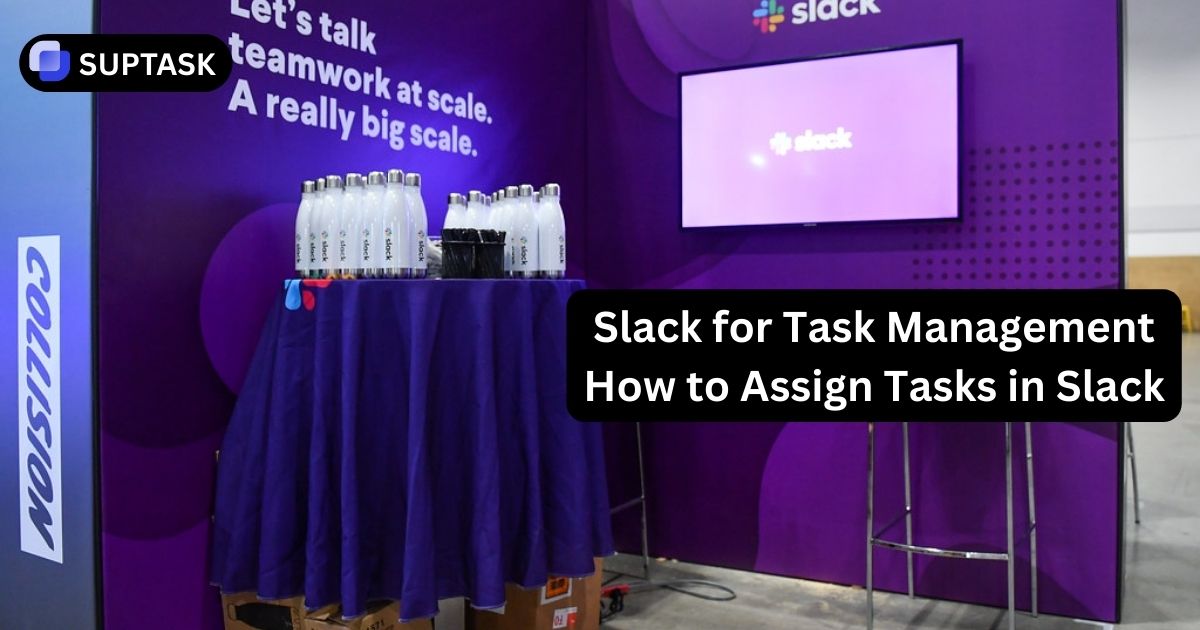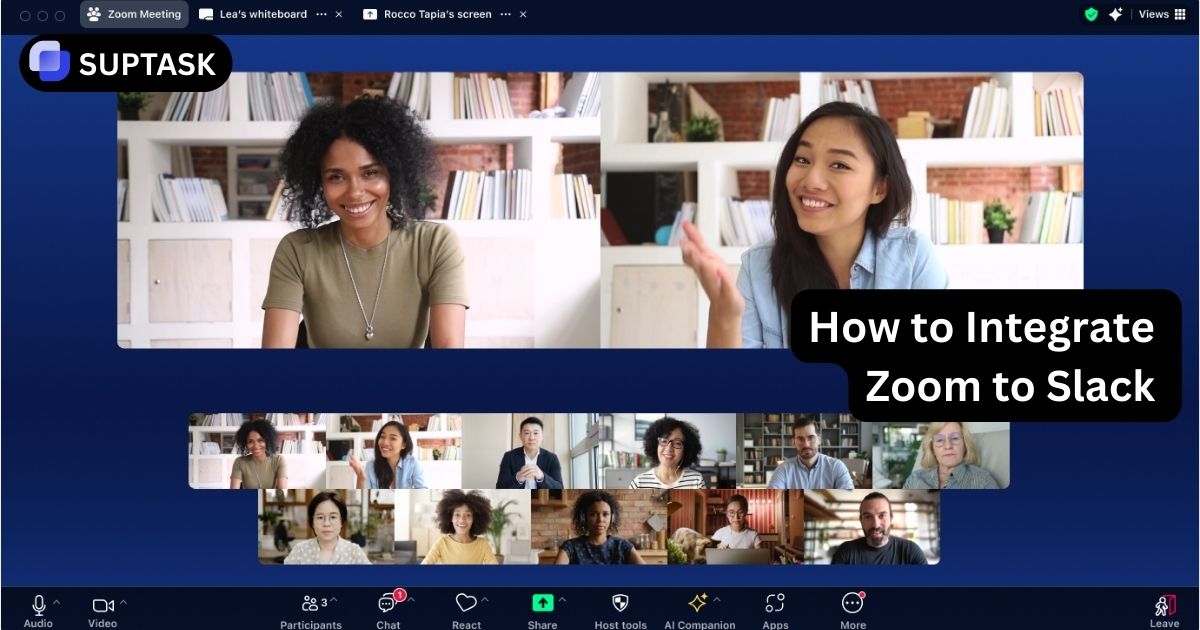Slack has revolutionized team communication, but when you combine it with chatbot integrations, it goes from a messaging app to a powerful automation hub.
Slack chatbots help teams save time, reduce manual work, and streamline operations—all within the comfort of their chat workspace.
Key Takeaways
- Slack chatbots are advanced programs within the Slack workspace that automate tasks, enhance user interaction, and integrate with other applications to improve team productivity.
- Defining what a Slack chatbot to use involves defining its purpose and capabilities, designing conversational flows and commands, implementing and thorough testing, and potentially integrating AI for more sophisticated features.
- Securely managing and customizing Slack chatbots to suit team-specific needs is crucial, with emphasis on following best security practices to protect data and ensure privacy.
What Is a Slack Chatbot?
Slack chatbot is an automated mechanism that communicates with people via Slack using text. It can reply to questions, create and manage tasks, alert, and send instant messages to other tools in your toolset like Trello, Zendesk, Google Calendar, GitHub, etc.
Price quotes and information of the like can be obtained from the concerned bots through Slack's API that lets you decide the workspace to shed some light on the necessary actions. The bot will then prepare the message and send it if it feels that the keyword was sent by the other source.
- 2025 Slack updates: Slack now supports AI-powered quick actions (e.g., summarizing threads, drafting replies).
- Voice-enabled bots: Some chatbots (like Zoom’s Slack integration) allow voice commands for hands-free updates.
- GDPR-compliant bots: Tools like Suptask now auto-delete sensitive data after 30 days unless retained.
Why Use a Slack Chatbot?

The main thing to be noted is that Slack chatbots are no longer only a kind of sidebar tech gadgets. They are now productivity tools for the staff by which one can ask and receive answers and information quickly, check the corporate plan, and get updates.
- Automate repetitive tasks
- Assist with onboarding, reminders, and daily routines
- Manage support requests or bug tracking
- Send meeting reminders or schedule events
- Report and alert from other tools
- Create custom workflows for unique team needs
Best Slack Chatbot Integrations
Now, let’s have a rundown of the technical details of the chatbot packages that are compatible with Slack:
1. Suptask – Best for Support Ticketing and Internal Requests

If you were under the impression that Suptask is just a chatbot, you are mistaken as this application which is directly embedded in Slack is also a ticketing system. It is the best fit for your IT department needs, human resource requests, and the like.
Key Features:
- Create and manage tickets from messages or DMs
- Private or public tickets with role-based visibility
- Automated routing and ticket forms
- Collaborate on tickets within threads
- Analytics, SLAs, and reporting dashboards
- Integrations with GitHub, JIRA, Zendesk, and more
How to use it:
- Add Suptask via the Slack App Directory
- Use the /ticket command or right-click a message to create a ticket
- View, track, and resolve tickets in Slack
- Access custom views and forms via the web dashboard
Highly recommended for IT, HR, operations and any team that is handling internal service requests.
2. Polly – Best for Quick Surveys and Polls

This intelligent assistant can help you gather any kind of feedback you need from your team, perform lightweight data collection, and even automatically check-in on your team.
Best for receiving feedback loops, keeping engagement, and useful for non-real-time meetings.
3. Geekbot – Best for Daily Standups and Status Updates

Geekbot automates standups that the team is required to conduct every day by getting responses from the team on their work progress. These responses are displayed in a shared channel to be visible to all.
Best for teams who are not in one place but still are into the habit of reporting and being accountable.
4. Zapier – Best for Custom Automation
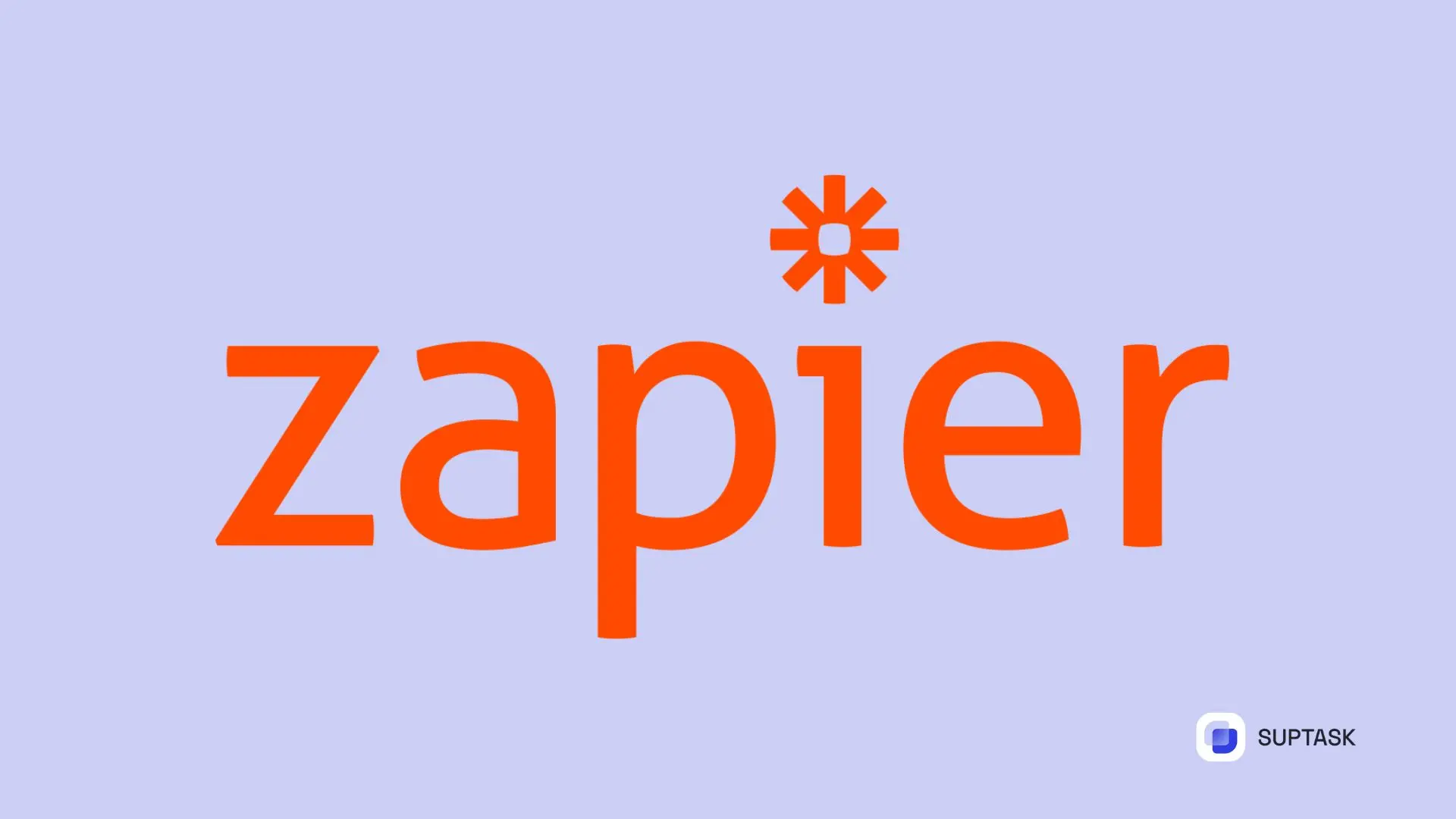
Zapier is a tool that allows users to connect Slack to hundreds of other apps and supports the creation of automations without the need for coding, for example:
- Alerting whoever is responsible for the deal in HubSpot when a deal has been closed in HubSpot
- Posting messages to Trello when a card in Trello is changed.
Best for experienced users and employees who are in need of automation cross-platform.
5. ClickUp – Best for Project Mangement
- Convert Slack messages to tasks with deadlines.
- Sync with ClickUp dashboards for real-time progress tracking.
- Automated sprint updates for dev teams
Can You Make a Chatbot for Yourself in Slack?
Yes. The creation of a personalized custom Slack chatbot that best suits your team or project is possible. You need to have basic development skills and be allowed to Slack's API.
Steps to Make a Customized Bot:
- Create a Slack App at api.slack.com
- Specify permissions (read messages, send messages, etc.)
- Configure event subscriptions and interactive components
- Write the bot logic using Python, Node.js, or Bolt SDK
- Host it via platforms like Heroku, AWS, or your private server
- Install the bot in Slack
Or you can also use apps such as Zapier, Make (Integromat), or Tines to have the practice to make simple bots without any code.
Final Thoughts
If your team is already on Slack, chatbots are a fantastic way to save time and increase productivity. Suptask can be used for internal support ticket management, Polly to automate surveys, or Geekbot to handle daily reports. These are just a few examples of the bots available in the market many of which fit the need of every business.
The use of pre-configured or custom-made bots are both fine but the chatbot integrations in Slack give the best option to the team to become more efficient at work without any time wastage.




